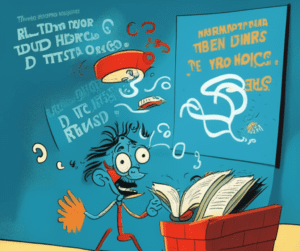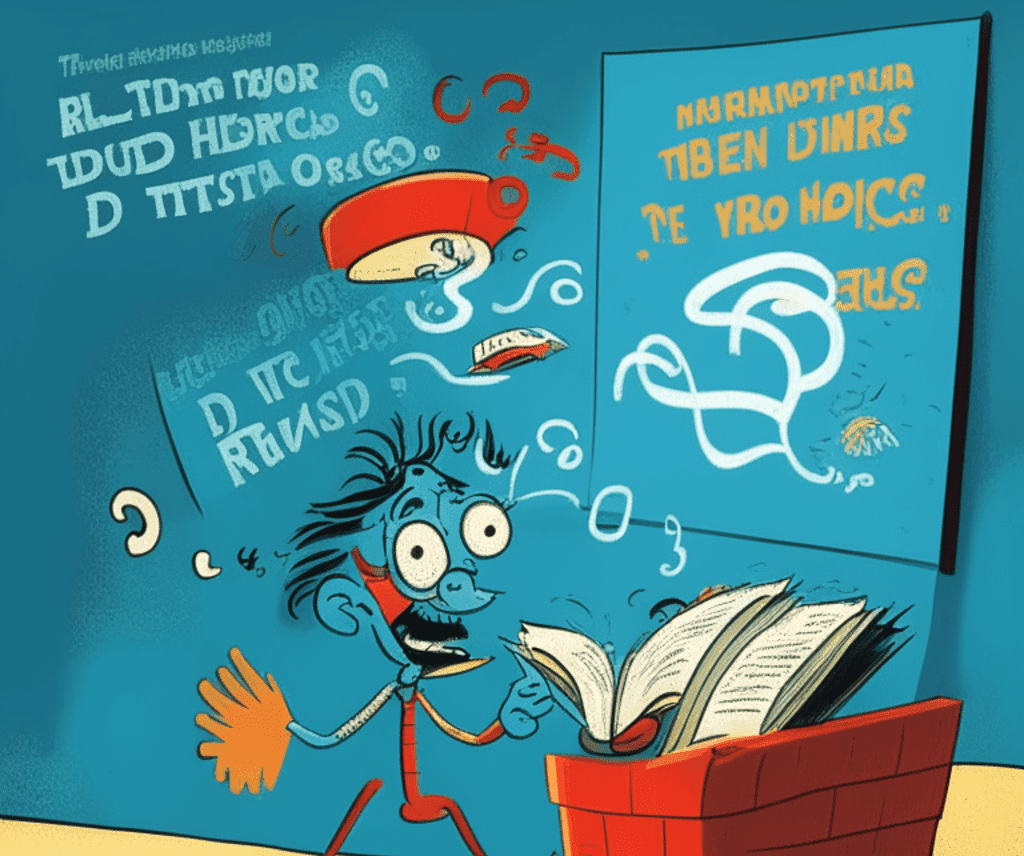The issue of how children learn to read and the emphasis schools should place on specific components of literacy, such as phonics, has sparked a national debate in recent years. Many states have passed laws requiring schools to use materials aligned with the established body of evidence on reading instruction, commonly referred to as the “science of reading.” These laws often aim to enhance teacher training as well.
To assess the state of teacher preparation programs in relation to reading instruction, the National Council on Teacher Quality analyzed course syllabi, lecture notes, textbooks, and other materials from nearly 700 teacher prep programs across the United States. This sample represents a significant portion, as these programs collectively produce around two-thirds of all elementary school teacher candidates each year.

Out of approximately 1,150 teacher prep programs that met the criteria for review based on the number of elementary teachers they graduate annually, about 440 programs declined to provide materials for analysis and were therefore not reviewed.
The analysis conducted by the National Council on Teacher Quality provides insights into the current landscape of teacher preparation programs and their alignment with evidence-based practices in reading instruction. The findings shed light on the extent to which these programs incorporate effective strategies for teaching children to read.
In addition to the challenges faced in obtaining materials from certain alternative teacher certification programs, the National Council on Teacher Quality did not assign ratings to these programs. Alternative certification programs, which make up six of the ten largest teacher preparation programs in the country based on the number of graduates, tend to have shorter durations compared to traditional programs. The council spokesperson described them as “a black box,” raising questions about the extent to which these programs align their preparation with the science of reading.
The council’s analysis revealed that approximately 260 programs received an F grade.
These programs collectively produce over 15,000 elementary teacher candidates each year, according to the council’s estimation. It’s important to note that the total number of teacher candidates graduating from all types of teacher preparation programs nationwide in spring 2021, as indicated by the latest federal data, was around 162,000. This figure includes teachers for all grades and subjects, not exclusively elementary education.
The findings from the National Council on Teacher Quality’s analysis highlight the considerable number of programs that have room for improvement in aligning their preparation with evidence-based practices in reading instruction. The assessment aims to bring attention to the areas where teacher preparation programs can enhance their effectiveness in equipping future educators with the necessary knowledge and skills to teach reading effectively.
Numerous programs fail in effectively instructing crucial components of literacy.
The report from the National Council on Teacher Quality highlights a significant issue in teacher preparation programs regarding the instruction of key components of literacy. According to the report, approximately 25% of the reviewed programs do not adequately teach all five essential components of literacy: phonemic awareness, phonics, fluency, vocabulary, and reading comprehension. These components are widely recognized as crucial for children’s reading development.
Among these components, phonemic awareness receives the least attention. Four out of five programs failed to provide the recommended minimum of seven hours of instructional time dedicated to this skill. This finding aligns with previous evaluations conducted by the council in 2020 and 2016.

The significance of phonemic awareness lies in its role in preparing children to develop phonics skills. Phonemic awareness involves working with individual sounds in words, such as recognizing the “C-A-T” sounds in the word “cat.” By developing phonemic awareness, children are better able to connect the sounds they hear to the corresponding letters on the page, which is a fundamental aspect of reading.
The inadequate emphasis on phonemic awareness in teacher preparation programs can have repercussions for students’ reading abilities. To effectively teach children to read, it is essential for future educators to receive comprehensive training that addresses all five key components of literacy, including dedicating sufficient time to phonemic awareness instruction.
The report emphasizes the interconnectedness of the key components of literacy, highlighting that a teacher lacking understanding in one component will be less effective in teaching the others. Furthermore, students who miss instruction on any of these components may face difficulties in achieving full literacy.
One concerning issue identified in the report is the continued use of debunked methods in teacher preparation programs. For instance, the three-cueing system, which encourages guessing words based on pictures or initial letters, has been discredited but is still being taught in dozens of programs. This approach does not promote explicit instruction in the key components of literacy.
Additionally, close to 100 programs were found to be using a curriculum developed by Lucy Calkins from Columbia University’s Teachers College, which has faced criticism for its lack of explicit teaching of essential literacy components. However, Calkins has recently revised the curriculum to address these concerns.
Some programs incorporate a combination of research-backed and non-research-based strategies, creating a mix of effective and ineffective practices. This situation is likened to sedimentary rock, with a layer of debunked practices that needs to be removed from the program.
To ensure effective literacy instruction, it is crucial for teacher preparation programs to align with evidence-based practices and provide comprehensive training in the key components of literacy. This way, future teachers will be equipped to teach all aspects of literacy effectively and support students in becoming fully literate.
Certain programs have undergone significant revisions to enhance their reading lessons.
Several states have made significant strides in improving their approach to reading instruction, earning top marks from the NCTQ (National Council on Teacher Quality) as a result. Colorado, for instance, emerged as the leading state in the nation after implementing a statewide campaign that involved banning discredited elementary reading curriculum and mandating teacher training aligned with the science of reading. Just a few years ago, Colorado was ranked in the middle of the pack.
Similarly, Arizona witnessed a remarkable improvement, moving up to the ninth spot in the rankings. The state undertook similar efforts to enhance reading instruction and saw positive outcomes.
Teacher preparation programs played a crucial role in these advancements. For instance, Arizona State University, which boasts one of the largest teacher prep programs in the country, invested hundreds of hours in developing a new course exclusively focused on the five key components of literacy. This course replaced a previous one that did not delve as deeply into these essential skills. As a result, both the graduate and undergraduate teacher prep programs at the university received top grades in the NCTQ report.
These examples highlight the commitment and hard work of states and teacher preparation programs to align with evidence-based practices in reading instruction. By prioritizing the science of reading and providing comprehensive training to educators, these institutions are ensuring that future teachers are equipped with the necessary skills to effectively teach literacy and promote student success.
The efforts to improve literacy instruction in teacher preparation programs extend beyond Arizona State University. Texas A&M University-Texarkana is another example where significant changes have taken place. Carol Cordray, an assistant professor of education, spearheaded a complete overhaul of the university’s approach to teaching reading. The courses were redesigned from scratch, leaving almost nothing of the previous curriculum.
One particular class that underwent a complete transformation centers around assessing children in reading. Teachers-in-training now engage in a series of case studies, acquiring skills in data collection and decision-making regarding appropriate interventions. This shift reflects a more comprehensive and evidence-based approach to understanding and supporting students’ reading abilities.
Moreover, some programs are receiving external support to enhance their work on literacy instruction. For instance, the Lilly Endowment pledged $25 million to promote phonics-based instruction in undergraduate teacher preparation programs across Indiana’s colleges and universities. This backing enables programs to align with best practices and provide future educators with the necessary tools and knowledge to teach reading effectively.
These examples highlight the dedication of teacher preparation programs in revamping their literacy instruction, ensuring that aspiring teachers are well-prepared to address the needs of their future students. Through curriculum redesign, extended practice opportunities, and external support, these programs are taking significant steps to prioritize the science of reading and provide a strong foundation for effective teaching.
Carol Cordray, the assistant professor of education at Texas A&M University-Texarkana, shared the positive impact of the revamped courses on her students. She expressed gratitude for hearing from former students who felt well-prepared and confident when entering the classroom. Their appreciation reaffirmed the value of the knowledge and skills they acquired through the literacy instruction provided in the program. Cordray emphasized that having prepared teachers who feel equipped to meet the demands of teaching is the most rewarding outcome of her work. It highlights the significance of comprehensive and effective teacher preparation in ensuring the success and preparedness of educators.

